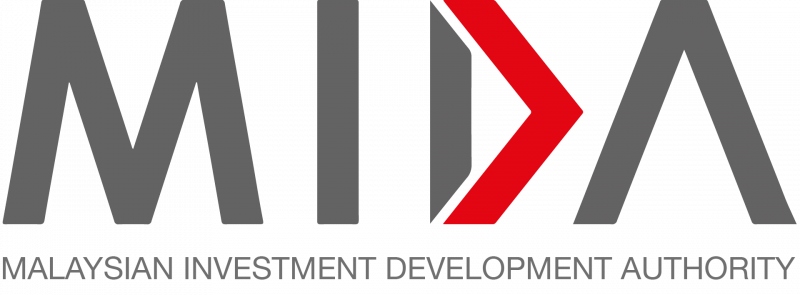Pekat Group Bhd is well-positioned to capitalise on substantial growth opportunities driven by Malaysia’s rising demand in the renewable energy sector, Tenaga Nasional Bhd’s infrastructure upgrade and from the surge in data centres investment, said Phillip Capital.
Pekat is a company that specialises in the installation of solar photovoltaic (PV) systems and provides earth and lightning protection (ELP) systems.
Phillip Capital Research has initiated coverage of Pekat with a “buy” call and a target price of RM1.15 that values the company at 22 times the projected earnings for FY2025.
The research house forecasts a 43% compound annual growth rate (CAGR) in Pekat’s net profit over 2023-2026E, supported by its strong RM564 million order book, potential ELP orders from infrastructure and data center projects, as well as from the Tenaga’s grid upgrades as a result of the EPE Switchgear acquisition.
The completion of the EPE Switchgear acquisition marks a significant step forward in Pekat’s growth strategy, “positioning the company to benefit from the rising demand within the power distribution equipment sector,” the research house noted in its report on Wednesday.
The research house added that Pekat’s strong presence in high-growth sectors allows the company to gain a competitive edge and capture a larger market share in Malaysia’s energy landscape.
According to Phillip Capital, the company’s well-established track record in delivering rooftop solar PV systems has allowed it to benefit from Malaysia’s ongoing Net Energy Metering (NEM) programme and large-scale solar initiatives, including the Corporate Green Power Programme (CGPP) and the upcoming Large-Scale Solar 5 (LSS5) initiative.
Meawhile, Pekat’s ELP division is expected to witness strong growth, bolstered by significant public infrastructure projects such as the Penang Light Rail Transit (LRT), Johor LRT/Automated Rapid Transit (ART), and the Mass Rapid Transit 3 (MRT3), which are key drivers for this segment.
However, the research house warns of the potential downside risks, including changes in government policy, slower-than-expected order book replenishment, escalation in solar module prices, and unforeseen project cost overruns and delays.
At 3.57pm, Pekat was trading at 92.5 sen, unchanged from the previous day’s close. This values the company at RM596.6 million.
Source: The Edge Malaysia
Pekat to capitalise on rising solar energy and data centre opportunities in Malaysia, says Phillip Capital
Content Type:
Duration:


